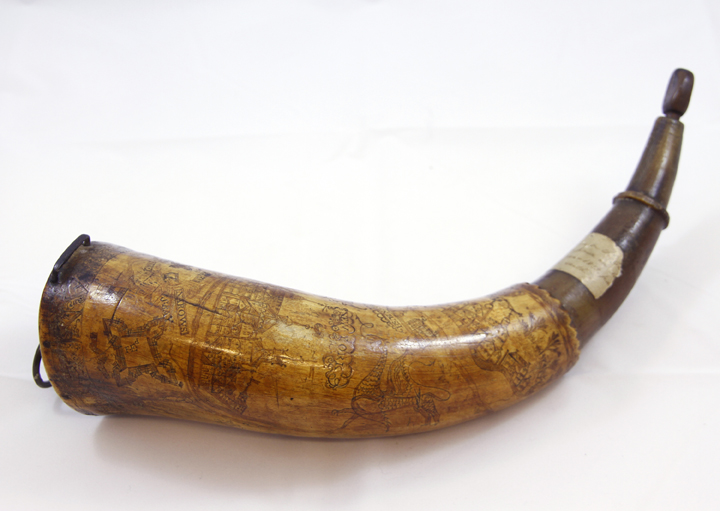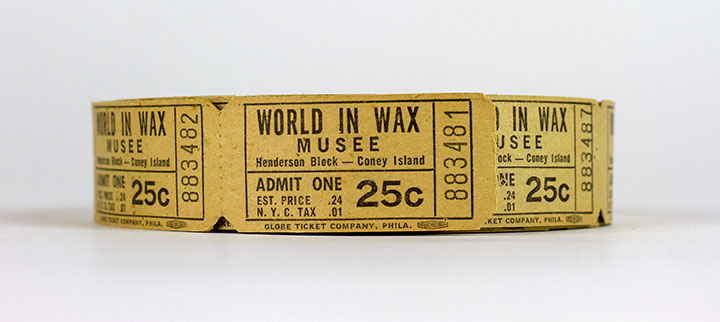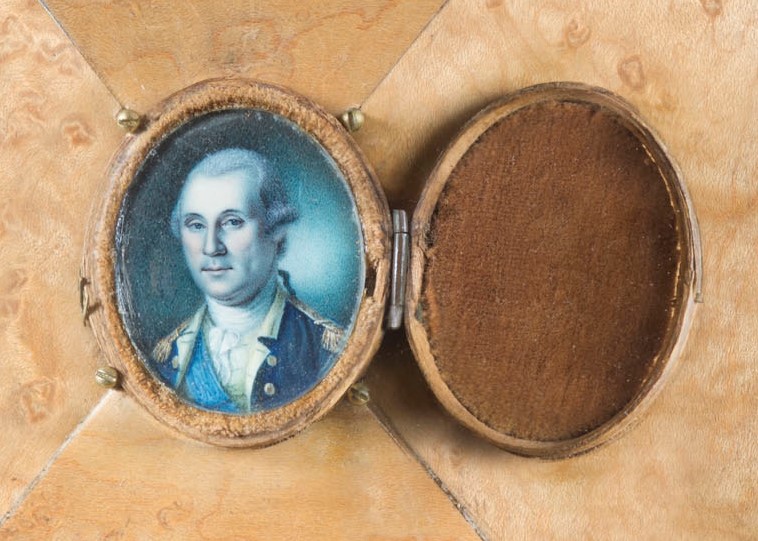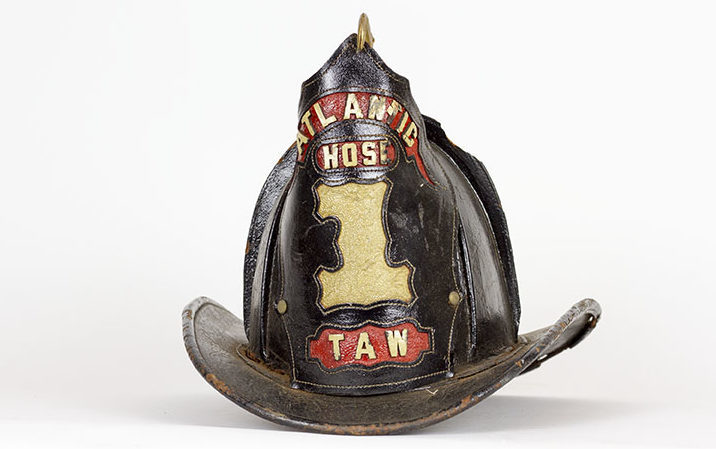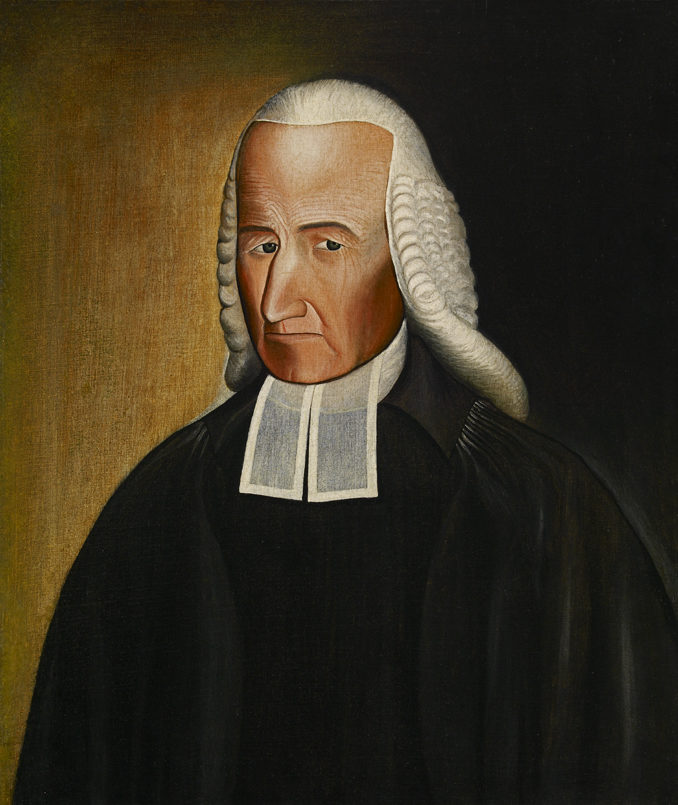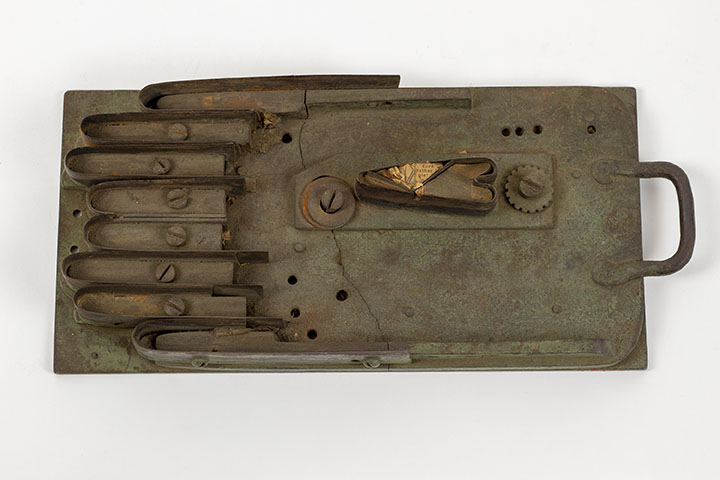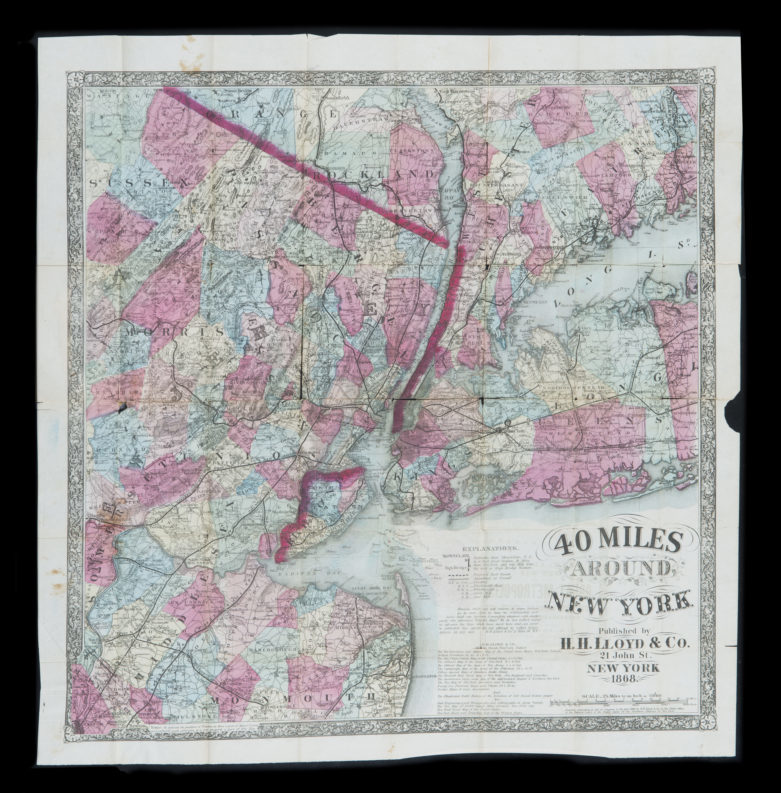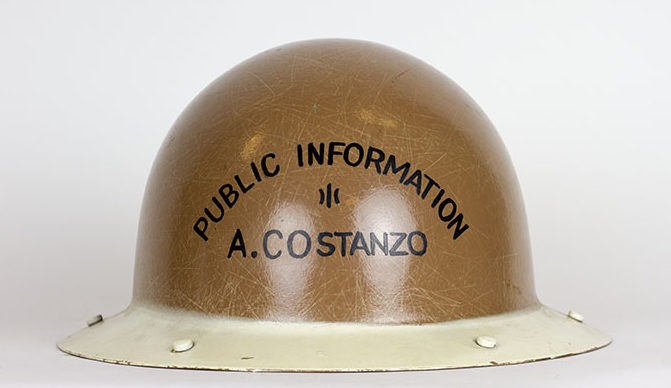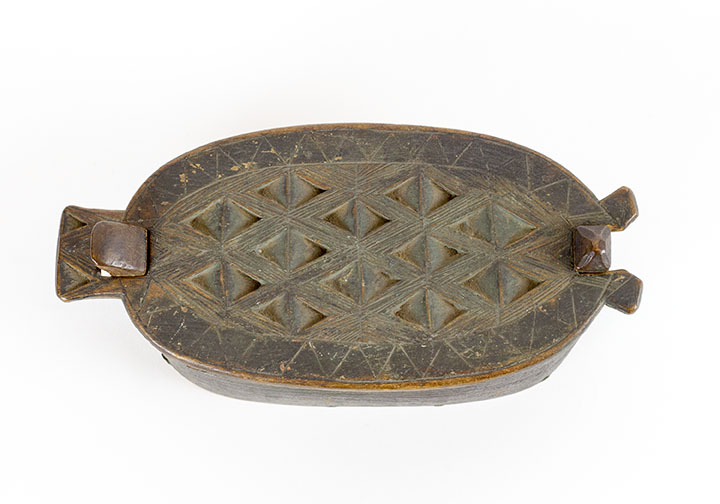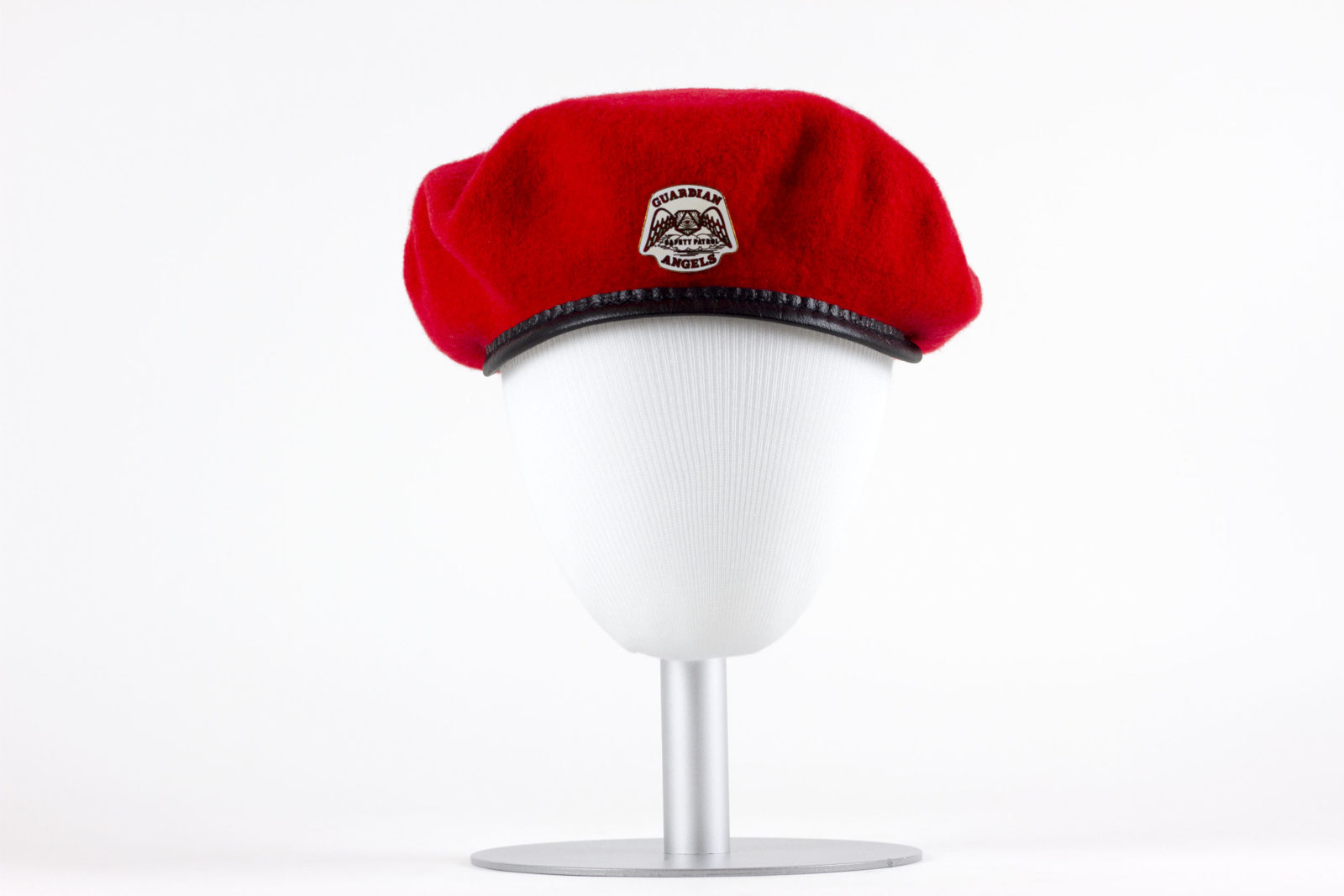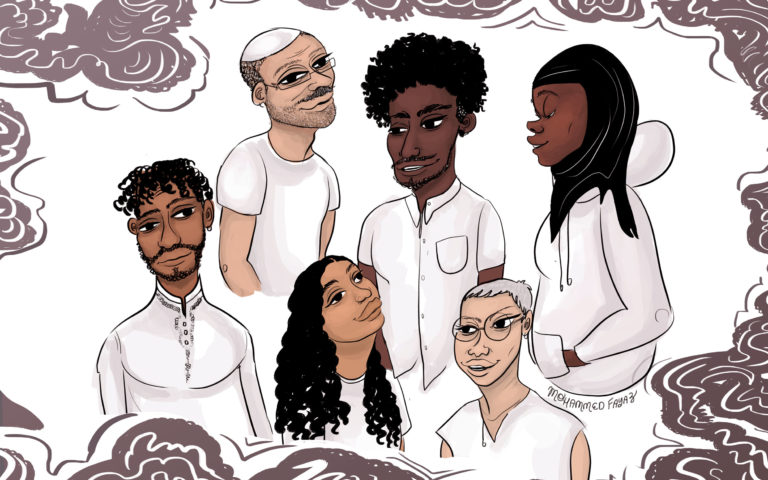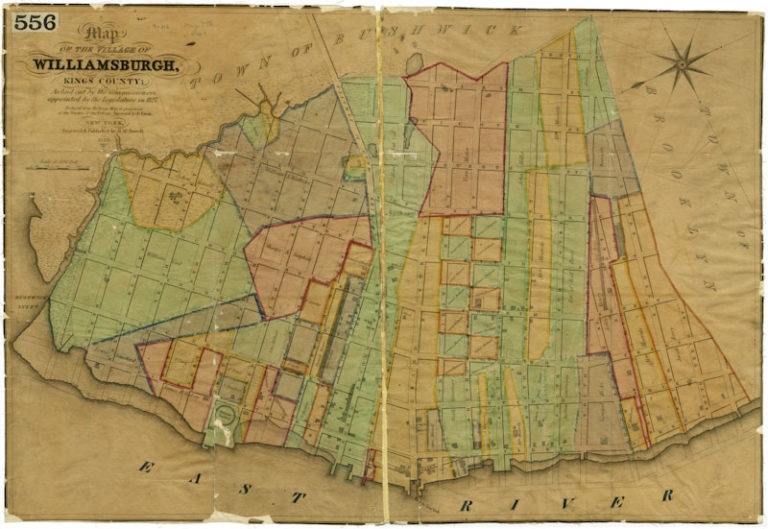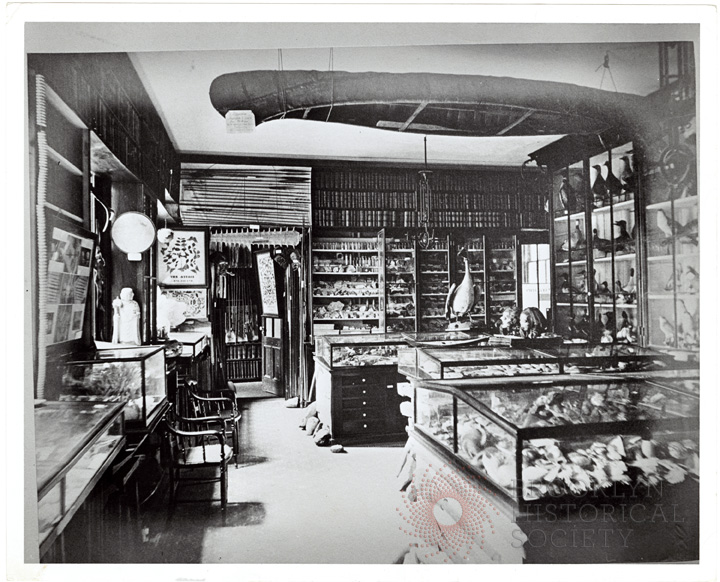
The Revealing Long Island History project, generously funded by the Robert D.L. Gardiner Foundation, is a groundbreaking collections and research initiative that will make Brooklyn Historical Society’s world-renowned collection of Brooklyn and Long Island artifacts digitally available to the public for the first time. Launched in 2017 and on target to be completed by late 2020, this project will reveal new facets of Long Island history through the lens of the rare historic artifacts that have called BHS home since the 1860s.
You can now access our Revealing Long Island History web portal, which dives deep into Long Island’s history through a select group of objects.
Every day we learn more about our historic artifact collections. Check out some of our recent finds and learn how they tell the story of the people and events of Brooklyn’s past.
The Revealing Long Island History project is driving work across BHS focused on collections care and storage, digitization, and conservation.
-
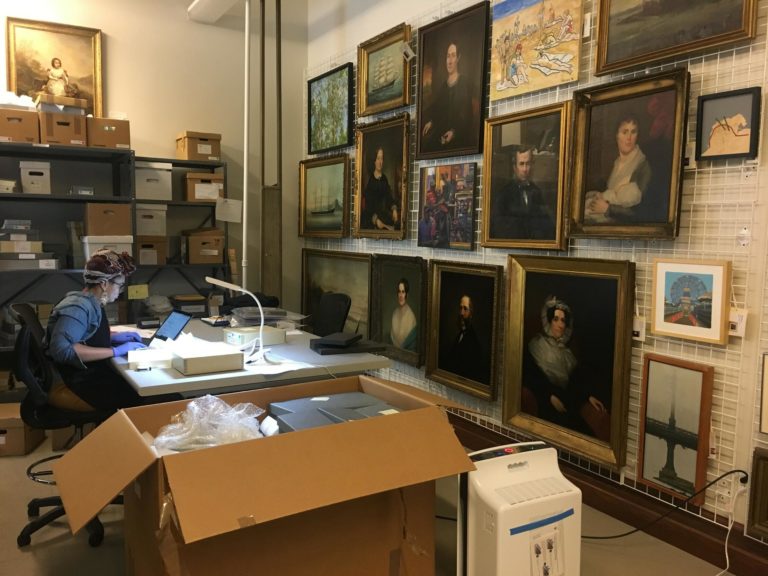 Nearly 10,000 artifacts are being examined and documented for the first time in over twenty years.
Nearly 10,000 artifacts are being examined and documented for the first time in over twenty years. -
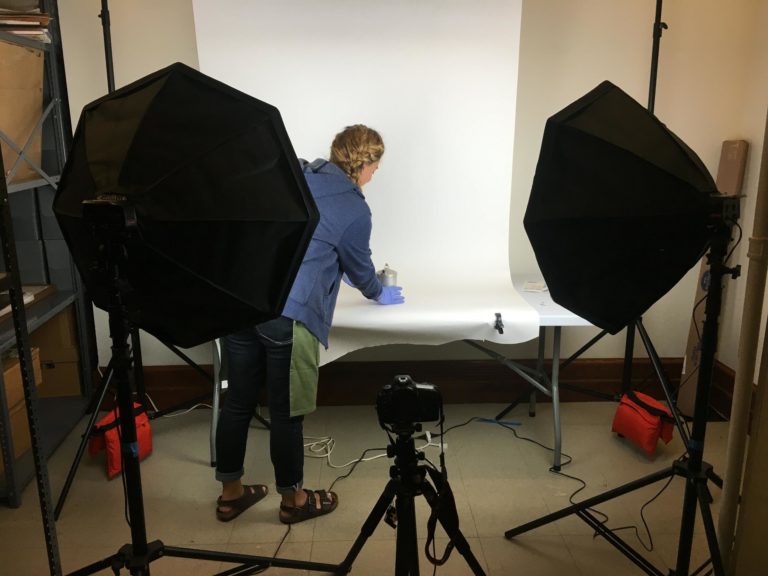 New photography and digitization will make BHS's artifact collections widely accessible to researchers and the public.
New photography and digitization will make BHS's artifact collections widely accessible to researchers and the public. -
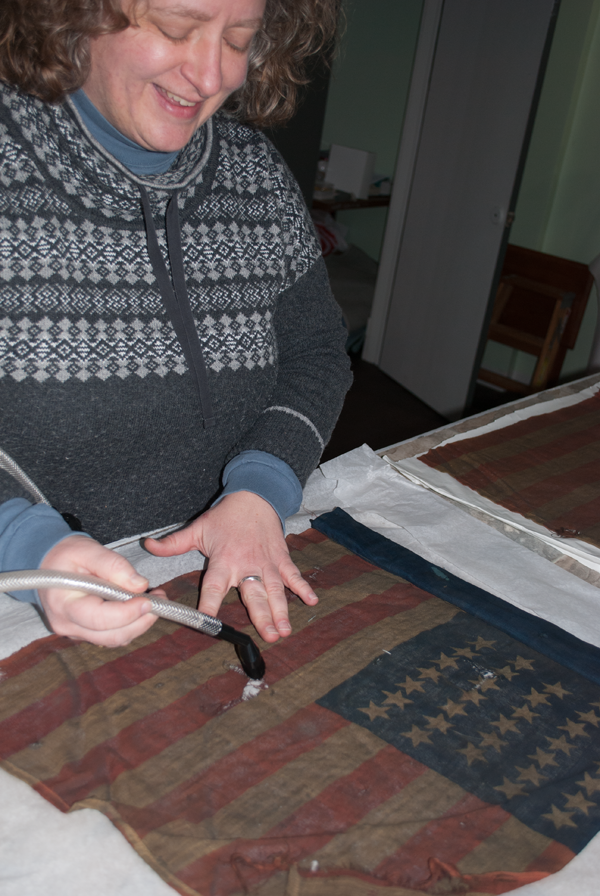 Conservation treatment is preserving our most fragile and historically significant artifacts for future generations.
Conservation treatment is preserving our most fragile and historically significant artifacts for future generations.
As we dive into our collections, in-depth research is revealing fascinating stories about the history of Long Island.
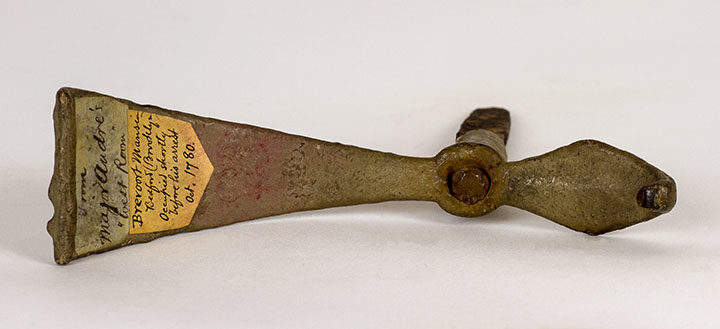
Read more about our latest featured find
When we began the Revealing Long Island History project, we knew that BHS’s collections included Revolutionary War artifacts connected to Founding Fathers like George Washington. As artifact cataloging has progressed, however, we have been surprised to learn that many of our earliest donations tell that history through the eyes of the notorious British officers who occupied New York and Long Island during the war. These humble, everyday artifacts reveal a great deal about how the war was remembered by subsequent generations, the marks it left on the landscape, and the wonderful eccentricities of the Long Island Historical Society’s early collecting efforts.
When visiting small historic house museums, it is common to hear claims that “George Washington once slept here.” On Long Island, where many of the crucial early events of the American Revolution took place, similar stories exist relating to British officers. We have discovered one such tale in this metal shutter hook preserved and donated to LIHS in the late 1800s because of its supposed tie to Major John André, the commander of the British Secret Intelligence during the revolution. In 1780, André was caught conspiring against American forces with the notorious Benedict Arnold. He was sentenced to death by a court of fourteen military generals and executed as a spy on October 2, 1780. Although André’s trial and final days took place in upstate New York, his notoriety spread and inspired relic hunters to preserve objects purportedly connected to him. Long after his death, locals in the Bedford neighborhood of Brooklyn, which was occupied by British General Sir William Howe’s troops during the war, made claims about André’s role in local history through their donations. According to BHS’s early collections records, this metal shutter hook was taken from a window of the “West Room” of the Lefferts House in Bedford, where André supposedly stayed before his demise.
We may never be able to definitely prove the legends associated with this artifact. That, however, is not as important as preserving such artifacts, as they remind us of the power of memory not only in shaping our understanding of Brooklyn’s importance in history, and also, in the evolution of American patriotism and nationalism.
